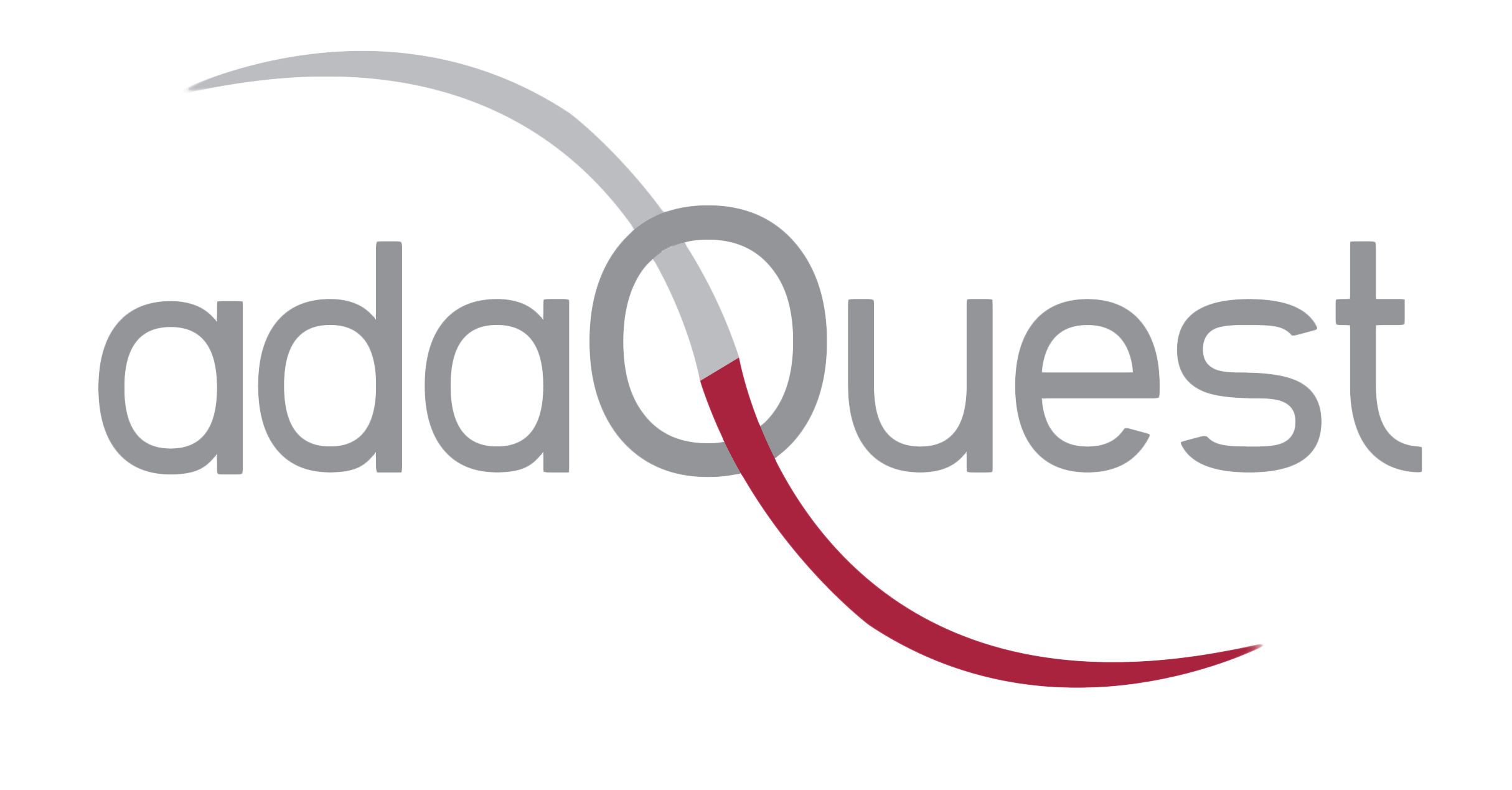
28 Feb Microsoft: 6 technological trends for 2023
Technological advances are constantly changing our way of life and digital transformation will continue to be the factor that multiplies opportunities for organizations, governments, entrepreneurs and for all people. In the midst of the economic and geopolitical uncertainty with which we began 2023, digital development is expected to be promoted, since technology is the great deflationary force in an inflationary environment. Given this panorama, we share new trends in digital development and what should be the priorities for this 2023.
What are the big trends?
1. Digital transformation will accelerate
Thanks to technology we can improve efficiency and productivity, reach more customers and new markets, create new products and services, so technology will continue to be a priority for organizations to obtain better results in less time, with less investment, with fewer steps, but with more innovation, with more precision and flexibility.
Although in the midst of the economic and geopolitical uncertainty with which we began 2023, it might seem that the recessionary winds could slow down the speed of digitization, the truth is that they will further boost its development, since technology is the great deflationary force in an inflationary environment; it is the way in which organizations will achieve more with less and much faster.
2. Innovate based on trust
The factor on which innovation is built must be trust, which is and will continue to be the most important asset, and the key factor in establishing and maintaining lasting relationships with customers and users. Without it, no one will take the first step in appropriating and using advances, because if people do not trust the security or privacy of a technology or service, they are unlikely to adopt or use it.
Trust and responsible technology – which is developed and used in an ethical, transparent, safe and sustainable manner, and which considers its impact on society and the environment – are closely related.
3. The cloud is a great enabler of digital transformation
Due to its security, flexibility, scalability, low costs and offer of advanced analytics, machine learning and artificial intelligence services. By democratizing technology, these services are made available to any customer. Regardless of its size, it enables secure storage and reduces costs by eliminating hardware purchase and maintenance.
4. We are all developers
Just as every organization is becoming a technology company in some way, every person is becoming a developer. Low-code or zero-code technology and the availability of online learning resources allow “citizen developers” to create apps and web pages, automate workflows, and analyze data without specific computer science training.
A Forrester Consulting report shows how one organization saw a 140% return on investment and $14.2 million in benefits by streamlining development and business processes.
5. The new “industrial age of artificial intelligence”
Artificial intelligence (AI) will enter a new era allowing its widespread and accessible use. Generative models have made artificial intelligence (AI) available to anyone and have transformed the way it is used in various fields, moving AI from a niche activity to a mainstream technology. general.
Thanks to generative models, anyone with an internet connection can use AI to create high-quality content and perform tasks that previously required a lot of time and manual effort. GitHub’s Co-pilot, ChatGPT, and Azure OpenAI services represent a fundamental change in the way AI is used, enabling autonomous conversation creation and problem solving.
This is possible thanks to the use of models that are capable of generating text or code and coherent responses from natural language and thanks to the use of deep learning techniques, which allow the AI to “learn” from large amounts of data. data and use that knowledge to generate new content.
6. Mistrust is the best defense
Cybersecurity is an environment that has changed and become considerably more complex since 2020. According to the most recent Microsoft Digital Defense report, it was revealed that the number of password attacks per second increased by 74% globally. For this reason, the Zero Trust strategy teaches “never trust, always verify”.
Good cyber hygiene practices remain the best defense, while the cloud provides the best physical and logical security against cyberattacks. It is recommended not to lose sight of these three points:
- Take care of identity, which is the first line of defense of organizations. Every second, Microsoft detects 579 password breach attempts. Eliminating passwords and adopting multi-factor authentication (MFA) to 100% of users is one of the most important actions organizations can take.
- Centrally manage devices and applications. Solutions that limit or block access to devices that are unknown or do not comply with your security policies are a key protection barrier.
- Manage access to information. Each member of the organization should have access privileges only to the information that their job requires.
_



Sorry, the comment form is closed at this time.